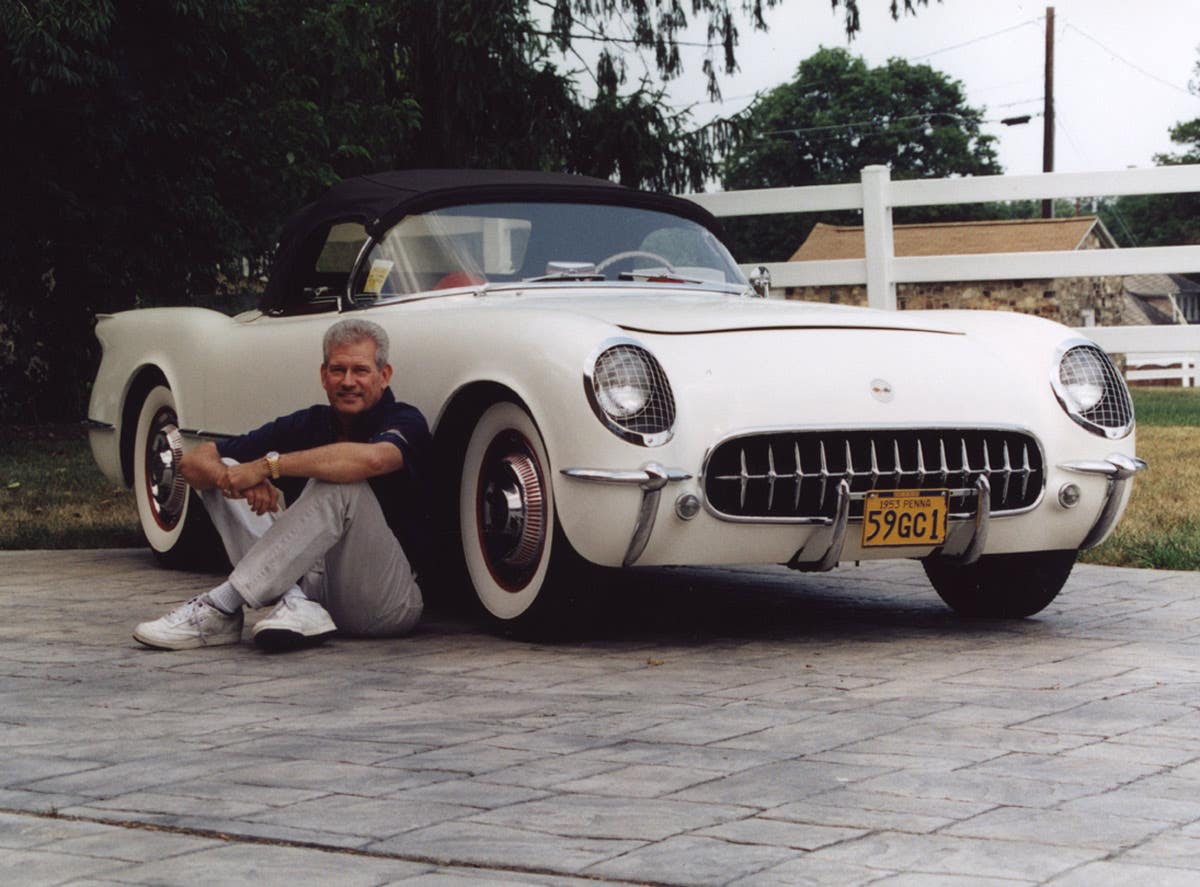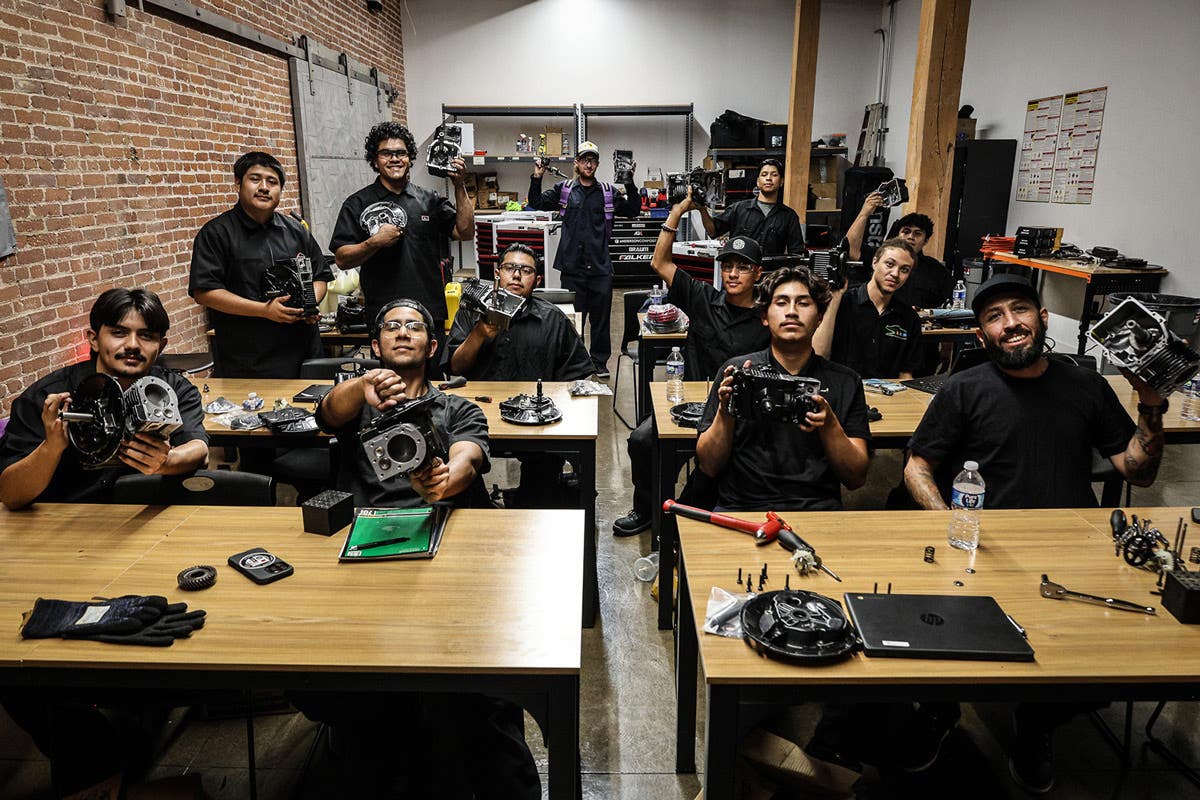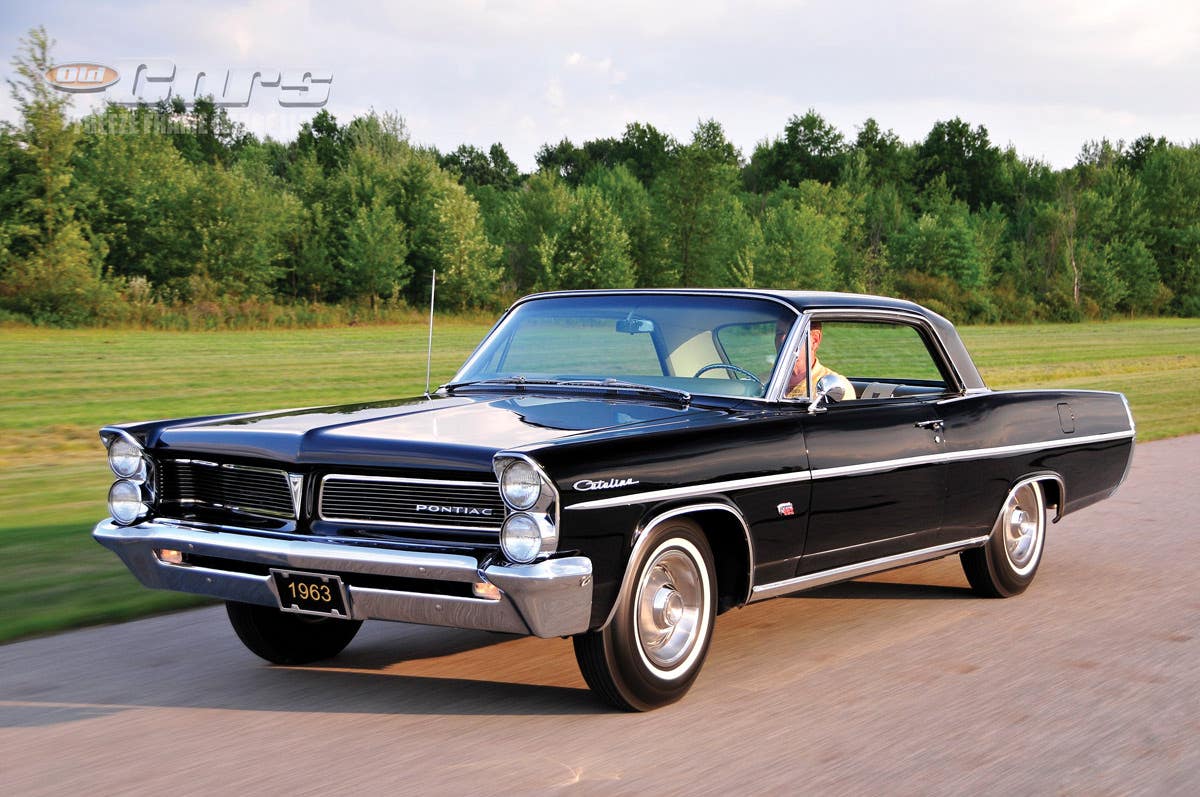Q & A with Kit Foster: December 28, 2015
Q. In 2003 my wife and I went to Bisbee, Ariz., for a tour of the big copper mine located there. I took these pictures on one of the main…
Q.
In 2003 my wife and I went to Bisbee, Ariz., for a tour of the big copper mine located there. I took these pictures on one of the main streets, where all the tourists go. It looks to me to be an early-1900 chassis of a fairly large motor car. The steering column floor support/cover plate clearly shows the name to be “QUEEN” with the number 1887 stamped on the right side of the plate. I’m pretty sure it is not the year, but maybe a serial or model number. I just recently found the pictures in my files and was wondering if any of the Old Cars Weekly readers had any more information on the Queen motor cars than what can be found on the internet (not much except they were manufactured in the early 1900s). As a coincidence, (or maybe planned), the name of the mine is Queen Copper Mine.
— Allen Berger, Sevierville, Tenn.
A.
The “Krause Standard Catalog of American Cars 1805-1942” tells us that the Queen motor car was built in Detroit from 1904 to 1906. Its slogan was “Big Power and Few Parts,” appropriate for a single-cylinder runabout with bore and stroke of 5-1/2 by 6 inches. Built by the C.H. Blomstrom Motor Company, it comprised both two- and four-cylinder models by 1905. The chassis you found is probably a 1906 Model K, which had a wheelbase of 100 inches and a 26/28 hp engine. The catalog says that production was “estimated as 1,500 units.” The number 1887 you found stamped into the base of the steering column, which does look like a serial number, suggests it was nearer to 2,000.
Q.
I read your article about moving wheel covers (Oct. 22) and have two questions: I assume that 10:00, 2:00, 6:00 and 8:00 refer to the positions on the cover. Is that correct? Does the RTV go on the back of the teeth or does it go directly on the teeth, or on the front of them? Please clarify. I also assume that this will keep them from rotating and also keep them from coming off, which is my problem at times, even though the teeth are good and not bent, and they are installed properly.
— Steve Lee, Florida
A.
I checked with Jay Davidson, who preferred the “RTV trick,” which he says has appeared in these pages many years ago. The positions are meant to portray even spacing of the adhesive-sealant. I would put it at the 2, 4, 8 and 10 o’clock positions. In order to get the best grip, it should be applied to the grip edge of the wheel cover tabs, between the teeth and the base of the tabs. Otherwise it won’t improve on the grip that the teeth provide. Push them on and be sure to let them set up overnight. Jay says it’s unlikely that your car with throw the rear wheel covers, and that’s been my experience, too.
Q.
I just purchased a 1999 Cadillac Eldorado, a beautiful 42,000-mile immaculate car. However, the air conditioning is not working. I’ve had it at two shops, one that specializes in A/C and the other a GM dealership. I’m told that this model Eldorado had serious A/C problems, and also GM no longer has parts available. Is there anyone out there who could help me with this problem? -
— Dan Greening, Alma, Mich.
A.
Readers, you’re always very resourceful. Who can help?
To submit questions to this column: E-mail oldcars@krause.com or mail to: Q&A, Old Cars Weekly, 700 E. State St., Iola, WI 54990-0001







